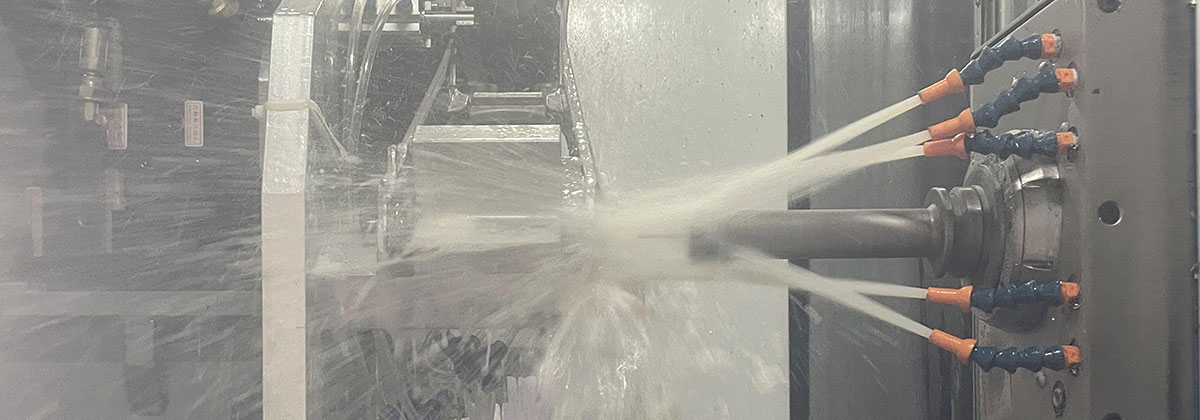Die casting mold is a manufacturing process used for producing complex-shaped metal parts. The process involves injecting molten metal under high pressure into a mold cavity. The mold is typically made of two halves that are held together by a clamping unit. The metal is injected into the cavity through a sprue, which is connected to a runner system that distributes the molten metal to the various parts of the mold.
The die casting mold process offers several advantages over other manufacturing processes, such as sand casting and forging. First, it allows for the production of complex shapes with high dimensional accuracy and surface finish. Second, it is capable of producing large quantities of parts in a short amount of time, making it a cost-effective solution for mass production. Finally, it is a highly automated process, which reduces labor costs and ensures consistent quality.
The die casting mold process can be divided into four main stages: mold preparation, mold filling, solidification, and ejection.
Mold Preparation
The first stage of the process is mold preparation. The mold is cleaned and sprayed with a release agent to prevent the metal from sticking to the surface. The two halves of the mold are then clamped together, and the sprue and runner system are attached.
Mold Filling
The second stage is mold filling. The molten metal is injected into the mold cavity under high pressure using a casting machine. The metal fills the cavity and flows through the runner system, filling the different parts of the mold. The pressure is maintained until the metal solidifies.
Solidification
The third stage is solidification. The molten metal cools and solidifies inside the mold cavity. The cooling rate is carefully controlled to ensure that the metal solidifies uniformly, without creating defects such as porosity or shrinkage. The cooling time depends on the thickness of the part and the type of metal used.

Ejection
The final stage is ejection. The clamping unit is released, and the two halves of the mold are separated. The part is ejected from the mold cavity using ejector pins. The runner system and sprue are removed, and the part is cleaned to remove any remaining mold material or release agent.
Die casting mold is used to produce a wide range of parts, including automotive components, electronic housings, and appliance parts. The process is suitable for a variety of metals, including aluminum, magnesium, zinc, and copper. The choice of metal depends on the properties required for the part, such as strength, corrosion resistance, and conductivity.
In conclusion, die casting mold is a versatile and cost-effective manufacturing process that offers several advantages over other methods. It allows for the production of complex shapes with high dimensional accuracy and surface finish. It is capable of producing large quantities of parts in a short amount of time, making it ideal for mass production. With advances in technology and materials, the die casting mold process will continue to be an important manufacturing process for years to come.
-

- Laptopgehäuseabdeckung C
-

- OEM-Druckgusskomponenten für Automobil-Sitzrahmen
-

- Thixomolding-Druckguss-UAV-Teile aus Magnesiumlegierung
-

- Fahrrad Freilauf 12/14/16 Zoll Kinderfahrrad Low Rider Fahrräder Magnesium Aluminiumlegierung Kinderfahrrad 3-8 Jahre alt Auf Lager
-

- OEM-Druckgusskomponenten und -teile
-

- Magnesium-Thixomolding-Teile Laptop-Gehäusedeckel B

 0086-750-5616188
0086-750-5616188 +86 13392089688
+86 13392089688 sales@zhongmei-tech.com
sales@zhongmei-tech.com







